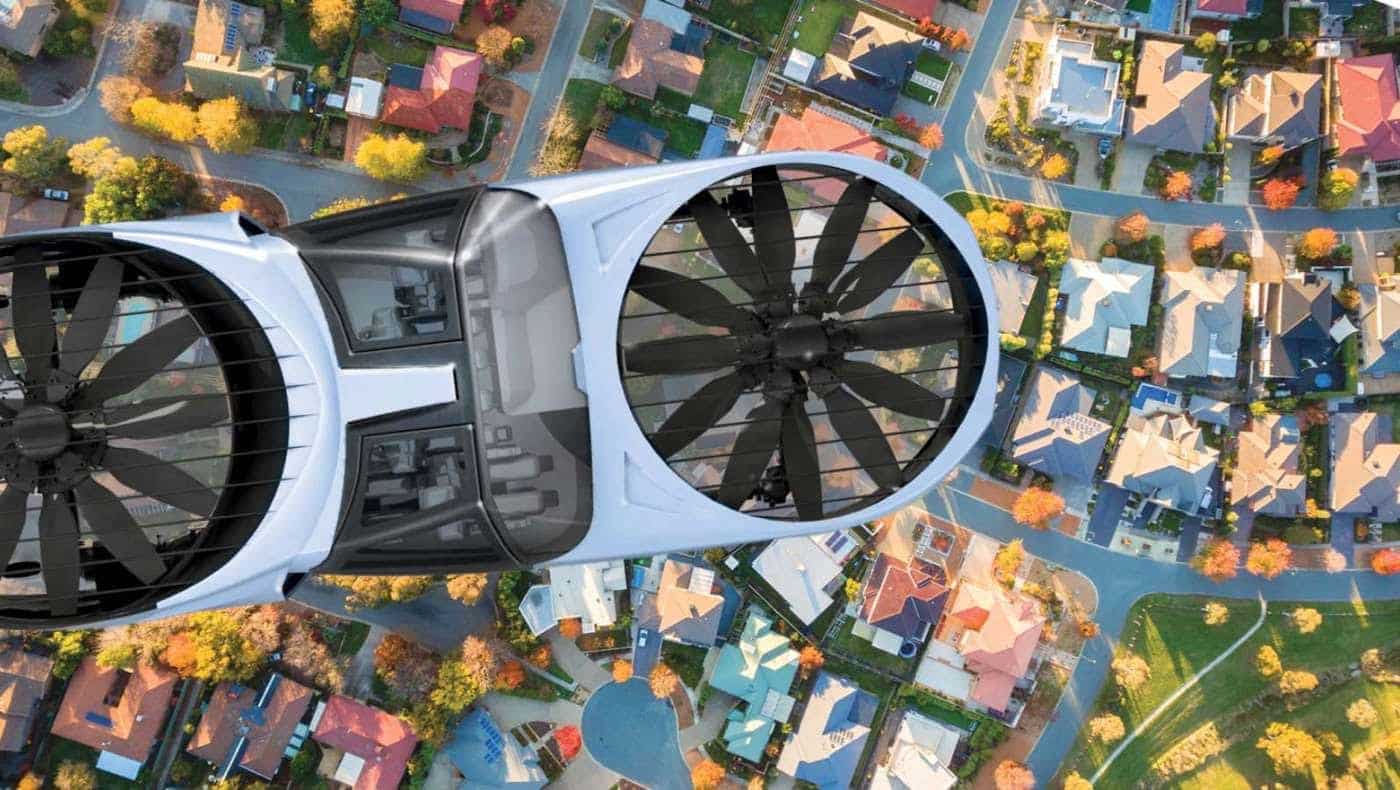Not even the time to talk to you the influence of science fiction books and films on modern technologies, and here is such a thing. Who wouldn't want to get on a vehicle that can lift itself in the air over the blocked arteries of the traffic experienced on most avenues, highways and main highways?
Now a new air taxi under construction by the Israeli startup Urban Aeronautics hopes to keep its premises and promises with CityHawk, its new VTOL machine. (Vertical Takeoff and landing). CityHawk is a vehicle-aircraft that combines technology with futuristic dreams similar to “Back to the Future” or “Minority Report”.
This innovative hydrogen fuel cell powered flying taxi offers full vertical take-off and landing features that use huge ducted fan motors to provide lift and propulsion.
Urban Aeronautics is collaborating with HyPoint to develop a long-range, emission-free version. The design will be inspired by a model, the Cormorant / AirMule developed with HyPoint. There he is:
CityHawk, when do you start?
The first crewed flights will take place in 2021-22. For its first phases of testing, CityHawk will be carried aloft by a huge pair of fans at the front and rear, powered by 1.000-horsepower turboshaft engines.
The shape of the flying machine is one of a kind. No wings, rotating arms or external propellers. The footprint is small, almost like an SUV.
Urban Aeronautics called the six-seat design a “fancraft,” pointing to the CityHawk's massive twin fans located at the front and rear of the aerodynamic machine. The tilting vanes installed on the entry and exit sides can be moved to produce horizontal movements.
Hydrogen for flying
Hydrogen is quickly becoming an attractive technology in the electric aviation market, with exceptional energy density compared to lithium batteries. Not to mention the possibility of refueling super-fast compared to long waits with battery chargers.
Rafi Yoeli, CEO of Urban Aeronautics, is thrilled. “We look forward to collaborating with HyPoint on the integration of next-generation hydrogen fuel cell systems for the urban air mobility market,” he says. “As a 100% high-power green fuel, hydrogen is key to the future of eVTOL aircraft.”
Obstacles to overcome
All that glitters is not gold, as often happens. First of all, consumption, which for CityHawk still promises to be too high compared to other competitors. On the other hand, with a lithium battery the thrusters would hardly provide the thrust necessary for flight.
In short, willingly or unwillingly, a hydrogen fuel cell system can provide all the strength needed to support an aircraft with this technology.


